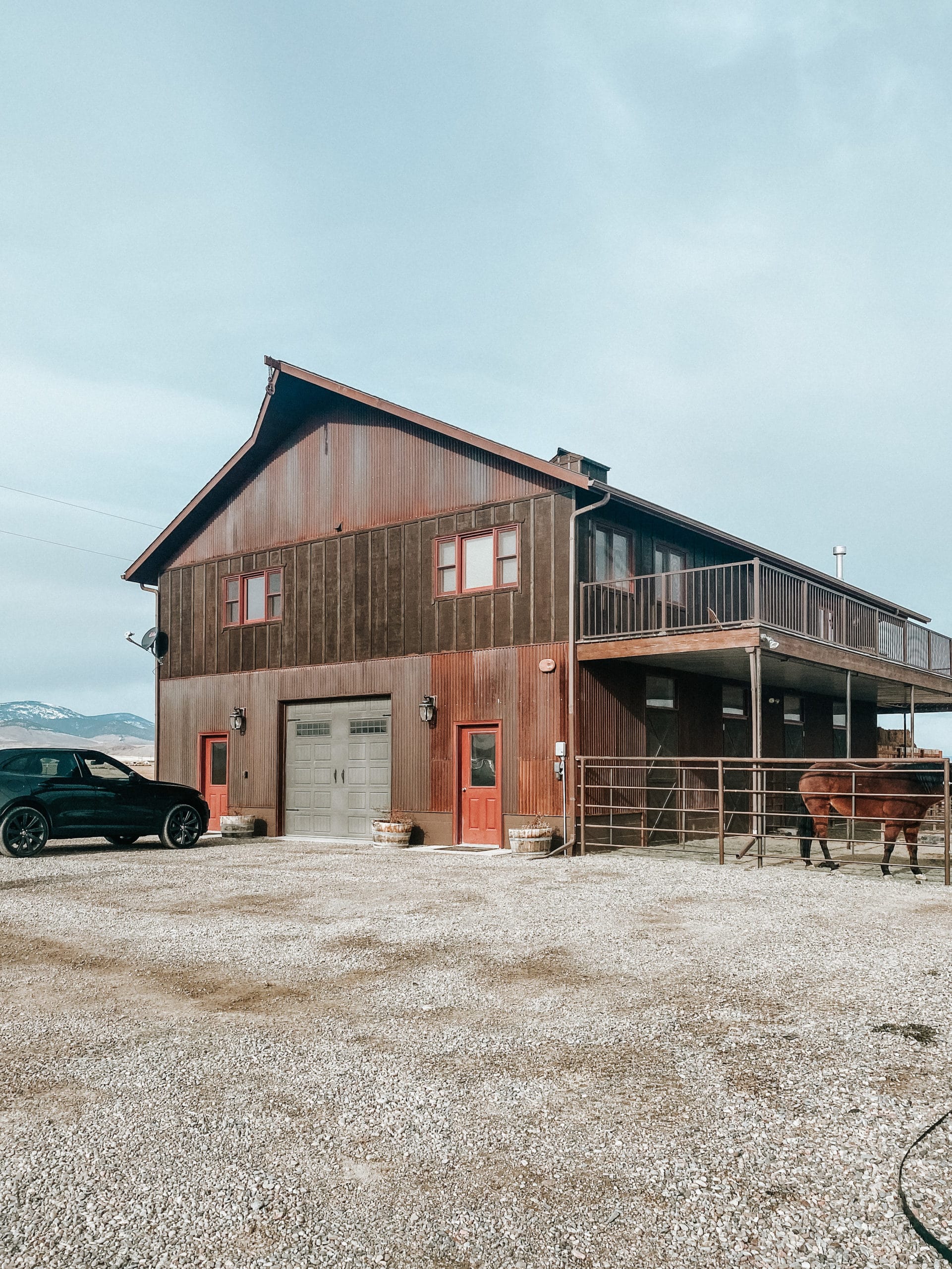Barndominiums Vs. Standard Residences: a Thorough Contrast of Way Of Living and Capability
The choice in between barndominiums and typical homes incorporates numerous aspects, consisting of way of living preferences and practical requirements. Barndominiums are characterized by their open formats and flexibility, usually interesting those that prioritize communal living and versatility. On the other hand, typical homes provide a more structured setting, which might much better offer family members looking for privacy and a feeling of history. As we analyze the expense ramifications and environmental factors to consider, it ends up being clear that the choice expands past mere aesthetic appeals and functionality; it welcomes a deeper expedition of what really defines a home.
Summary of Barndominiums
Barndominiums, a novel housing trend obtaining appeal throughout various regions, blend the rustic charm of barn-style architecture with the performance of contemporary living areas. These special frameworks typically consist of a steel or timber framework, combining open layout and high ceilings with energy-efficient attributes. Often situated on expansive rural properties, barndominiums offer homeowners the opportunity to enjoy a serene lifestyle while providing enough room for numerous tasks.
The flexibility of barndominiums prolongs beyond their visual allure; they can act as both living quarters and practical areas for hobbies, workshops, or perhaps local business. Their flexible design permits very easy personalization, fitting varied family members demands and preferences. Many proprietors appreciate the low upkeep demands connected with steel home siding and roofing, contributing to long-term resilience.

Attributes of Traditional Houses
Stressing timeless style and convenience, typical homes are characterized by their unique building designs, which frequently show historic impacts and local aesthetic appeals. Usual features include in proportion exteriors, gabled roof coverings, and a focus on craftsmanship, resulting in a warm and inviting environment.
Typical homes often incorporate elements such as crown molding, wainscoting, and hardwood flooring, improving their traditional allure. They commonly include multiple rooms with defined purposes, promoting family interaction while allowing for privacy. read more. The layout commonly consists of official living and eating locations, which contribute to entertaining guests and holding household events
Outside products such as block, timber, or rock are regularly made use of, adding to durability and a sense of permanence. Barndominium builder. Additionally, numerous conventional homes are created with front decks or stoops, promoting a sense of neighborhood and connection with the neighborhood
Landscaping plays a significant role in traditional home design, with well-maintained yards and paths that improve visual charm - website. Overall, traditional homes embody a sense of nostalgia and stability, appealing to those who value heritage and a more structured living setting
Price Contrast
Commonly, a price contrast in between barndominiums and conventional homes exposes significant differences in construction expenses and total financial investment. Barndominiums, usually created from metal or steel frames, generally incur reduced product and labor expenses than conventional homes built from timber click this link and block. The simplified design of barndominiums can convert to minimized building and construction times, better lowering labor costs and quickening occupancy.
Usually, the cost per square foot for a barndominium ranges from $100 to $150, while standard homes can vary extensively, usually falling in between $150 and $300 per square foot, depending upon location, products, and style intricacy. This expense disparity makes barndominiums an eye-catching choice for budget-conscious buyers looking for larger living rooms without compromising quality.
In addition, barndominiums may bring about long-lasting savings with lower upkeep costs, power efficiency, and insurance policy rates. Their long lasting building and construction materials often need less upkeep with time compared to typical homes. However, it is crucial to think about that while first costs may be reduced for barndominiums, the final investment will certainly additionally depend upon individual customization and desired amenities, which can influence the overall expenditure in both real estate kinds.
Lifestyle and Area Factors To Consider
When taking into consideration lifestyle and space, barndominiums provide a distinct adaptability that interest a variety of property owners. These hybrid structures integrate property coping with useful space, frequently featuring open floor plans that can be adapted to suit individual demands. This flexibility is specifically useful for families or individuals seeking a customized living atmosphere, permitting diverse uses such as home offices, workshops, or recreational areas.

In addition, the aesthetic appeal of barndominiums can deal with both rustic and contemporary preferences, making them a flexible selection for different design preferences (Barndominium repair). Ultimately, the choice in between a barndominium and a standard home typically hinges on exactly how well each option lines up with the property owner's way of living goals and spatial needs, highlighting the significance of taking into consideration personal top priorities in the decision-making process
Ecological Effect and Sustainability
The ecological impact and sustainability of barndominiums existing engaging advantages contrasted to traditional homes. Mainly created from steel and other long lasting products, barndominiums are frequently constructed using recycled resources, lowering the demand for new products and lessening waste. Their layout generally highlights open rooms, which can lead to lower power intake for heating & cooling compared to standard homes with even more segmented layouts.
Additionally, barndominiums can include lasting features such as solar panels, rainwater harvesting systems, and progressed insulation techniques, enhancing their energy effectiveness. The adaptability of their layout permits homeowners to integrate these innovations a lot more effortlessly than in several typical homes, which might call for extensive retrofitting.
Additionally, barndominiums usually call for fewer sources for building and construction due to their simpler, much more efficient layouts (visit site). Generally, barndominiums stand for a forward-thinking approach to lasting living, straightening with contemporary environmental top priorities.
Verdict
In summary, the choice in between barndominiums and traditional homes pivots on private lifestyle choices and functional demands. Barndominiums, with their open layouts and lasting materials, cater to those looking for versatility and public living.